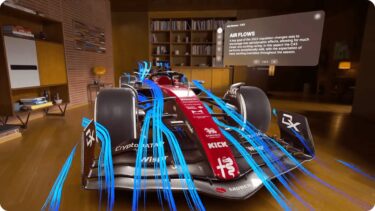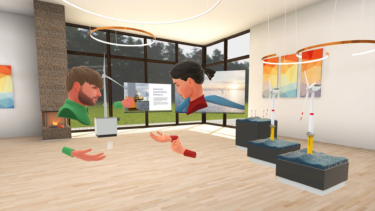An AI tool called Spark turns CAD models into immersive 3D product presentations with a single click.
Startup Jigspace has developed a platform that allows companies to automatically convert 3D models into augmented reality objects that can be viewed on iPads and iPhones. Its iOS app has more than five million users worldwide and is the top-rated AR app in the App Store, according to Jigspace.
Now the startup is announcing Spark, an AI tool that allows users to create AR product presentations from CAD models in mere seconds. The advantage of augmented reality is that objects can be viewed in their true scale and spatial context. Using natural language, users can adjust the AR objects, add information, and highlight features.
Although not yet confirmed, it is likely that Spark will also come to Apple Vision Pro. When the headset was announced in June, Jigspace was one of a handful of companies whose platform Apple showcased as a potential use case. Jigspace writes on their official website: “All content created on the Jigspace platform will seamlessly work on the new device, just like it does today when viewing a Jig on any smartphone. Over the coming months, we’ll provide updates on the new features that we’re adding to Jigspace to support the Apple Vision Pro.”
New feature is supported by AI models
The startup sees huge potential in the “hundred of millions of CAD models” on corporate computers and the web, and wants to breathe new life into them with Spark.
Using AI technology, Spark extracts key information and important context from CAD files and associated online product websites. The generative AI models were developed based on a selection of over 300,000 Jigs designed by the Jigspace team, combined with their insights over the last seven years of spatial storytelling.
“This new feature is going to supercharge how we communicate and engage with one another,” says CEO Zac Duff. “Historically, humans have experienced the world in 3D, but we must explain so much of it in 2D. So when anyone and everyone can create an engaging 3D experience in seconds, imagine how much more immersive and meaningful our education, business presentations and training will be. Democratizing this form of communication is another step toward taking spatial computing mainstream.”
Source: Mixed News





